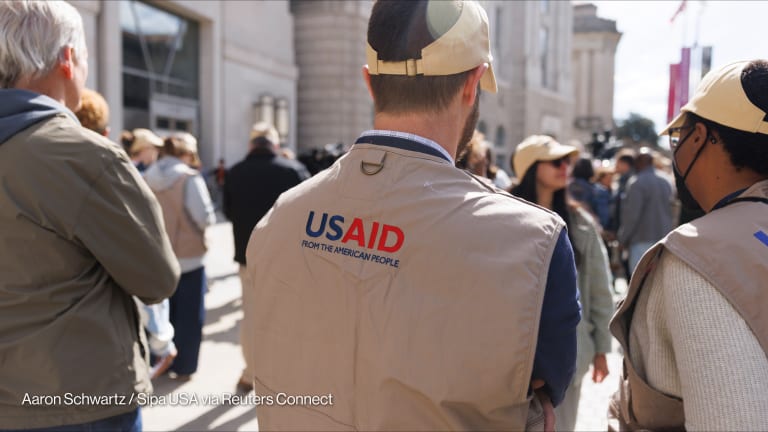It has been 100 days since Donald Trump came to power — and set in motion a series of events that have paralyzed foreign aid.
It first came in the form of an executive order, one that paused all U.S. foreign assistance until a 90-day review was complete. Then, there was a stop-work order, one that halted programs in their tracks. Over the next few weeks, the administration turned to the U.S. Agency for International Development — and an aid agency that was once the world’s largest lost nearly all its programs, staff, and funding in just two months.
Projects were canceled, un-canceled, and re-canceled again. The foreign aid review was declared complete by mid-March, then switched back on in mid-April. And today, more than 80% of USAID’s programs have been terminated — leaving at least 36 million people without urgent humanitarian support, according to a recent analysis from the Swedish International Development Cooperation Agency, or SIDA.








